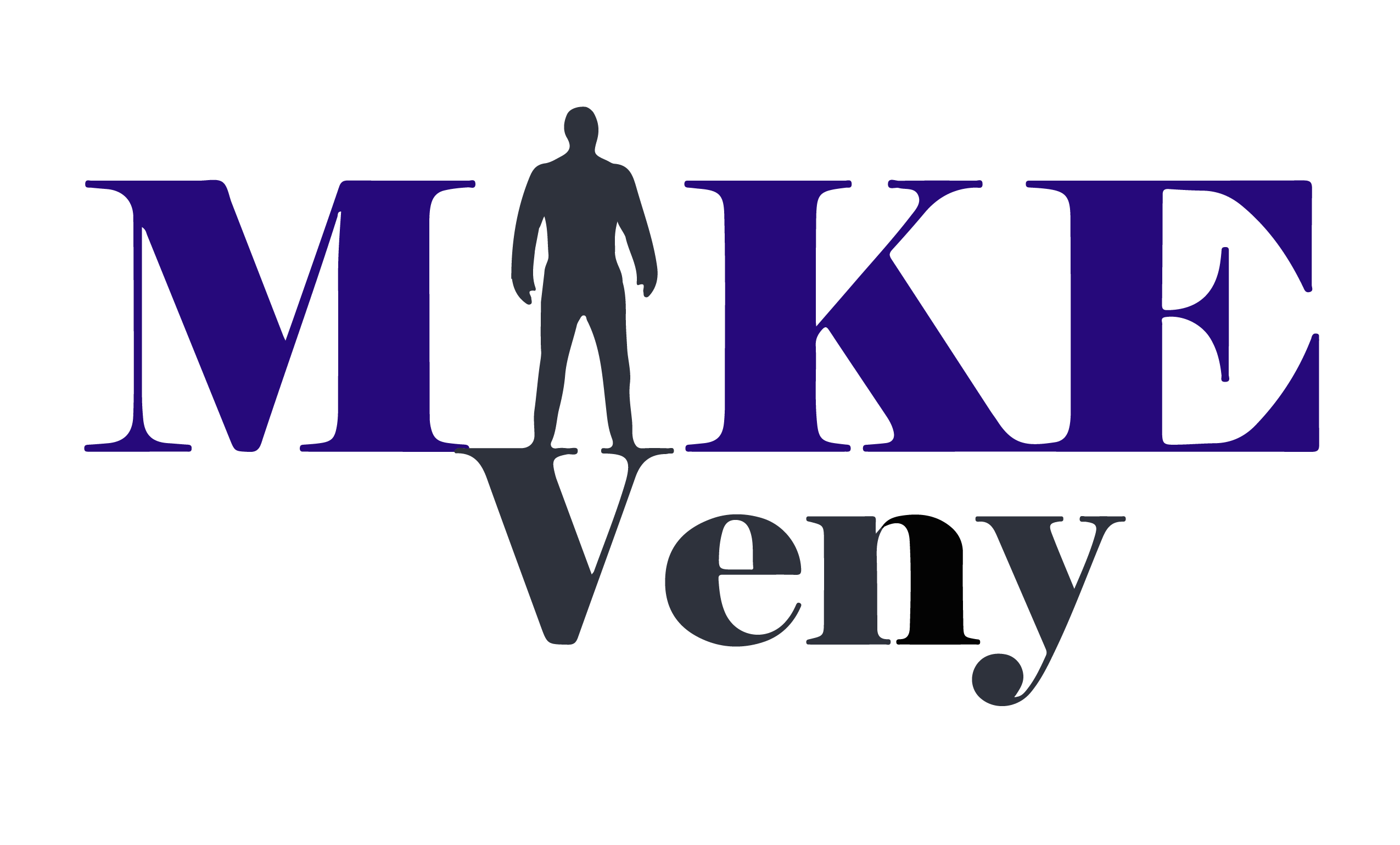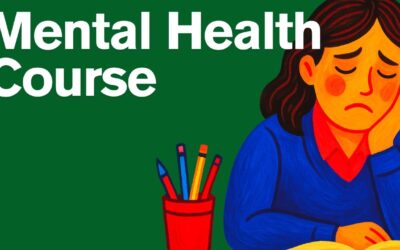Mental health issues and people issues go hand-in-hand. In my opinion, one can’t exist without the other. One of the interpersonal challenges that a person can experience is bullying. Bullying in school – particularly in middle school – ranks among the toughest challenges that young people face. At this age, most kids feel that the rules governing proper social conduct and decorum do not apply to them. Similarly, the penalties issued to bullies are often not as harsh as they ought to be.
Compounded by this fact, one also has to remember that victims of bullying also have to deal staying focused on their school work, extra-curricular activities, and social lives. Although parents and guardians may offer support and guidance, their advice may not be welcome by their children. NOTE: I believe that parents need to play a bigger role in this by modeling healthier social skills and communicating clear boundaries.
Unfortunately, this leaves the burden of dealing with bullying in middle school to teachers, school administrators, and counselors. These professionals have to find ways to help students who are victims of bullying. What is more, this must be done through an almost hands-off and subtle way to ensure that the victims of school bullying do not feel overwhelmed. After all, one of the highlights of the middle school experience is peer pressure, as well as the need to fit into the social structures created by the students.
Introducing the Olweus Bullying Prevention Program
The Olweus Bullying Prevention Program (OPBB) directly addresses bullying in middle school. Through this program, adults can easily access a multi-component and multi-level system to prevent and reduce school bullying.
The secondary goals of the program include increased knowledge and awareness of bullying, the involvement of parents and guardians, along with teachers, and school, staff in the prevention of bullying, the development of clear rules and regulations against bullying, and the provision of protection and support to victims.
The program has three levels:
- School Level – At the School Level, the components consist of a deep assessment of the level and nature of bullying in the school as well the formation of an anti-bullying committee for the coordination of the prevention program. Additionally, a system is developed to ensure students always have adult supervision when they are outside the classroom.
- Classroom Level – Components at the Classroom Level include activities and discussions to reinforce anti-bullying norms and values, the definition and enforcement of anti-bullying rules, and the active involvement of parents in the program.
- Individual Level – Individual Level components, on the other hand, often involve intervention for students with a clear history of victimization/bullying.
Program Description
Through the OBPP, bullying in middle school can easily be tackled. The program, which is for middle schools and elementary schools, seeks to address the bullying challenge with a variety of tools and resources. This includes:
Surveys
At the school level, for instance, students are provided with anonymous questionnaires to assess the prevalence and nature of bullying in their school environment. Once the survey is completed, the implementation of the program begins.
Conferences
Secondly, the administrators at the school host a conference during which school staff and program consultants discuss the findings derived from the questionnaires. The conference participants also familiarize themselves with the Olweus Bullying Prevention Program, as well as its effects. This process develops through discussions with videos, handbooks, and program consultants.
At the conference, the group forms a Bullying Prevention Coordinating Committee along with a plan for the implementation of the program drafted. This committee consists of representatives from the student body, the parents, health professionals, counselors, teachers, and the school administration.
Implementation
As mentioned above, the OBPP focuses on a variety of different angles and perspectives. The success of the program happens through the following:
- Increasing adult supervision in the areas where bullying often takes place (such as restrooms, cafeteria, and the playground).
- Establishing consistently-enforced and clear rules against bullying.
- Regular promotion of activities and class discussions to reinforce anti-bullying norms, values, and standards.
- Training students on anti-bullying strategies.
- Increasing awareness of the harm bullying causes.
- Parental involvement in the program through meetings, discussion of the issue, and active efforts to address it.
- Intervening with parents, victims, and bullies to ensure the end of the behavior.
- Supporting and empowering victims of bullying.
The Thinking Behind the Program
That said, you might be wondering about the theoretical rationale of the Olweus Bullying Prevention Program, whether it works, and how you should go about implementing it in your school.
Essentially, the core idea behind the program works is that both victims and bullies get help through the systemic restructuring of the environment in the school. The participants get to stop and redirect bullying behavior by eliminating all reward structures and opportunities for such anti-social behavior. Instead, pro-social behavior is rewarded and encouraged.
Seeing as how the program has been around for more than 35 years, during which time it has undergone extensive research and implementation all over the globe, it is not surprising that this is something all schools should consider.
Participation in the Program
Although the OBPP initiative is for junior high, middle, and elementary school students (those aged between 5 and 15), it requires the participation of every individual within the social structure of the school.
Research shows that OBPP is very efficient when everyone is involved. To this end, all students in the school will be required to participate at one point or the other in the program. However, victims and bullies end up receiving the bulk of the individualized interventions because they are directly involved.
Program Goals
Over and above everything else, the Olweus Bullying Prevention Program is effective when it comes to the improvement of peer relations, the promotion of school safety, and the conversion of an otherwise hostile environment into a productive space for learning for all.
To ensure all of the above are eventually affected, the program entails the following key goals:
- The reduction of actual bullying incidences among the students.
- The prevention of new bullying issues from developing.
- The achievement of better, more productive peer relations within the school environment and beyond.
Outcomes of the Program
Studies conducted for the OBPP had found that it is especially useful when it is implemented by a professional. In most schools, therefore, the program led to a steady reduction in antisocial behaviors (truancy, vandalism, and theft), as well as in self-reported bullying.
The school climate also improved leading to significant decreases in the frequency of this disturbing behavior. Victimization also reduced drastically. To this end, these statistics show that the successful implementation of OBPP does reduce bullying in middle school. Summed up, outcomes from studies show the following:
- 50+% reductions in reports of bullying.
- Significant reduction in general antisocial behavior, such as truancy, theft, fighting, school violence, vandalism, and harassment.
- Improvement in the school social climate arising from improved discipline and order, positive social relationships, and positive attitudes towards school and schoolwork.
- Increase in support for victims of bullying.
- Establishment of stronger and more efficient interventions for bullies.
Generalization of the Program
Over the 35+ years, it has been in existence, the Olweus Bullying Prevention Program has been evaluated in different settings. In South Carolina, a replication of the program demonstrated mixed results. Most of the school population comprised of poor African-Americans living in areas marked by high rates of unemployment and delinquency.
Results from another study in Seattle found that the relational and physical bullying was significantly reduced for White students, relative to youth from other ethnicities.
Samples from other program evaluations, however, have been truly representative of the student population. This is because most of the studies were conducted in populations that were ethnically diverse.
Anyway, the consensus from the results so derived has gone to show that the Olweus Bullying Prevention Program leads to a significant reduction in victimization and bullying irrespective of the socio-economic makeup of the student body.
Overall Impact of the Program
Widely disseminating a program such as the Olweus Bullying Prevention Program to prevent bullying is something all stakeholders ought to seriously consider. The program has been studied over and over again and found to be highly effective in the reduction of physical and relational victimization.
The studies also show that the program works well to improve student perceptions and attitudes towards bullying. Even when stratified by race/ethnicity, these reports showed a decrease in such anti-social behavior by an average of 28%. Students in the intervention schools eventually started feeling sorry for and actively working towards helping victims.
Concluding Thoughts
Middle school provides the first training ground where the young learn about the realities of life. As such, the environment must be such that the students can glean as much information, knowledge, and wisdom as possible. This is not feasible if there are bullies and victims among them.
In conclusion, therefore, through the Olweus Bullying Prevention Program, parents, teachers, school administrators, and counselors can work actively with the student body to reduce bullying and improve the social conditions in the school. By so doing, fewer students will be victimized, bullies will receive the psychological help they require, and the environment will be transformed from one of hardship to one of positivity, learning, and proper development.

![Healthy Habits to Do Everyday in 2021 [IMPORTANT]](https://mikeveny.com/wp-content/uploads/2023/11/Healthy-Habits-to-Do-Everyday-in-2021-IMPORTANT.png)

